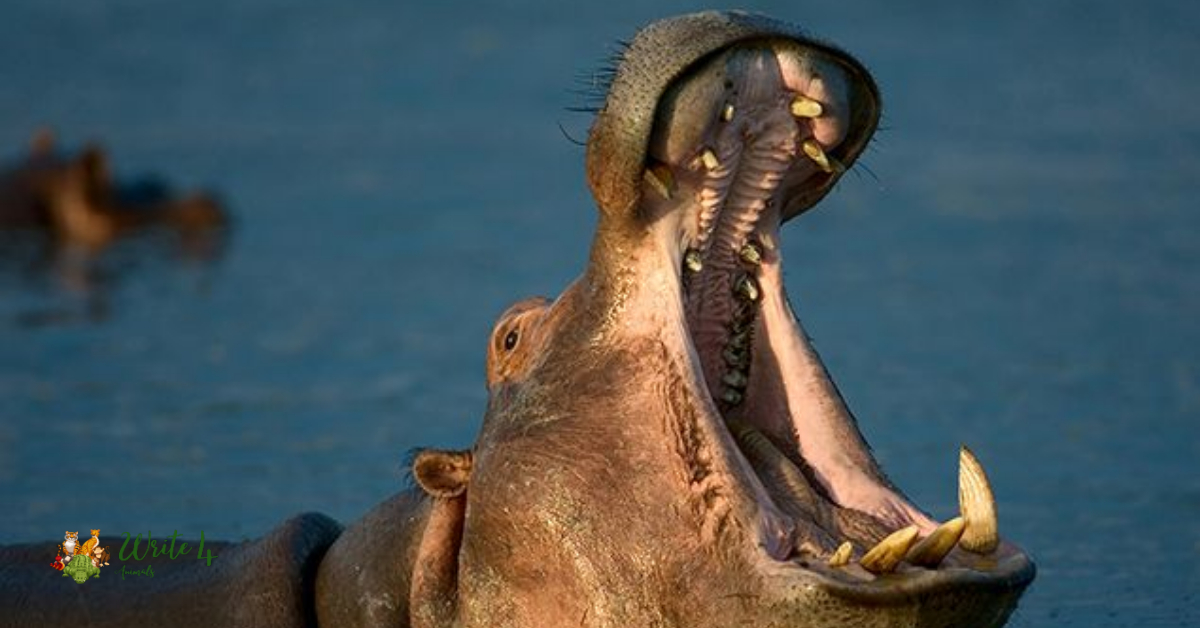Nature is a captivating tapestry woven with intricate relationships between different species. While many animals exhibit astonishing displays of cooperation and social harmony, there are some that have earned a reputation for their rather rude behavior.
In this exploration of the wild side, we will delve into the lives of the top 12 most rude animals in the world, shedding light on their peculiar habits and behaviors that set them apart from their more amicable counterparts.
12 Most Rude Animals in the World
1. Honey Badger
The Honey Badger (Mellivora capensis) is a small but mighty creature that has rightfully earned its reputation as one of the ruddest animals in the world. Native to Africa and Southwest Asia, this fearless rogue is known for its tenacious attitude and audacious behavior.
The term “Honey Badger don’t care” perfectly encapsulates its indifferent demeanor towards danger.
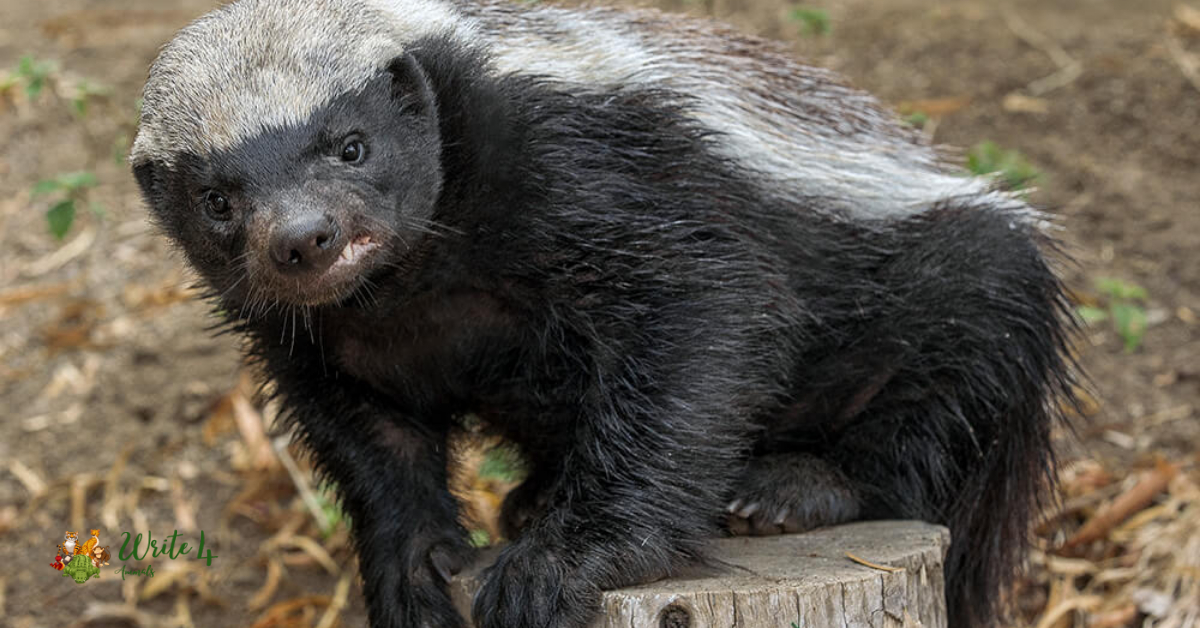
Equipped with sharp claws and a robust build, the Honey Badger fearlessly confronts animals much larger than itself, including lions and hyenas. Its rude behavior extends to raiding beehives without hesitation, earning it a devious reputation for its love of honey.
The Honey Badger’s thick skin, both metaphorically and literally, protects it from snake bites and other threats, allowing it to navigate the wild with unmatched audacity.
2. Tasmanian Devil
Despite its charming name, the Tasmanian Devil (Sarcophilus harrisii) is anything but polite. Found in the wilds of Tasmania, Australia, this spirited scavenger is known for its aggressive disposition and spine-chilling vocalizations.
The devil’s rude behavior is most evident during feeding frenzies, where it emits unearthly screeches while competing with other devils over food.
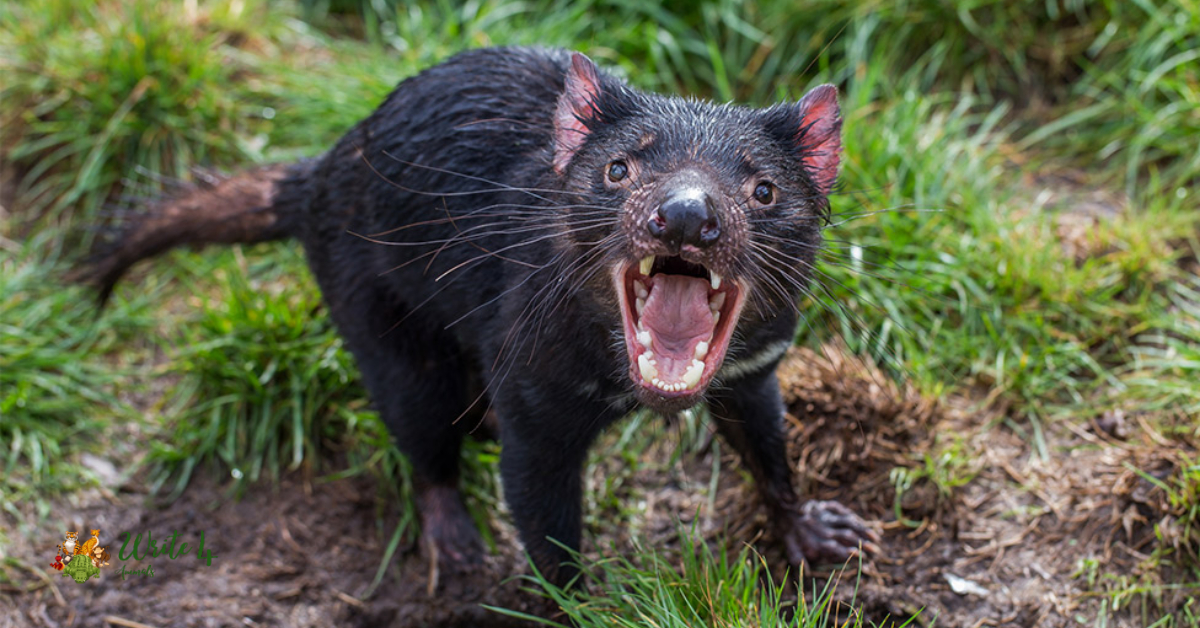
Additionally, Tasmanian Devils engage in fierce battles over territory, showcasing their assertive and often confrontational nature. Their black fur, intense gaze, and powerful jaws make them an imposing presence in the animal kingdom, further solidifying their status as one of the world’s most rude animals.
3. Hippopotamus
The Hippopotamus (Hippopotamus amphibius) may seem docile while lounging in the water, but don’t be fooled – this grumpy giant is one of the most rudest animal in the wild. Despite its herbivorous diet, hippos are known for their aggressive behavior, especially when protecting their territory or young.
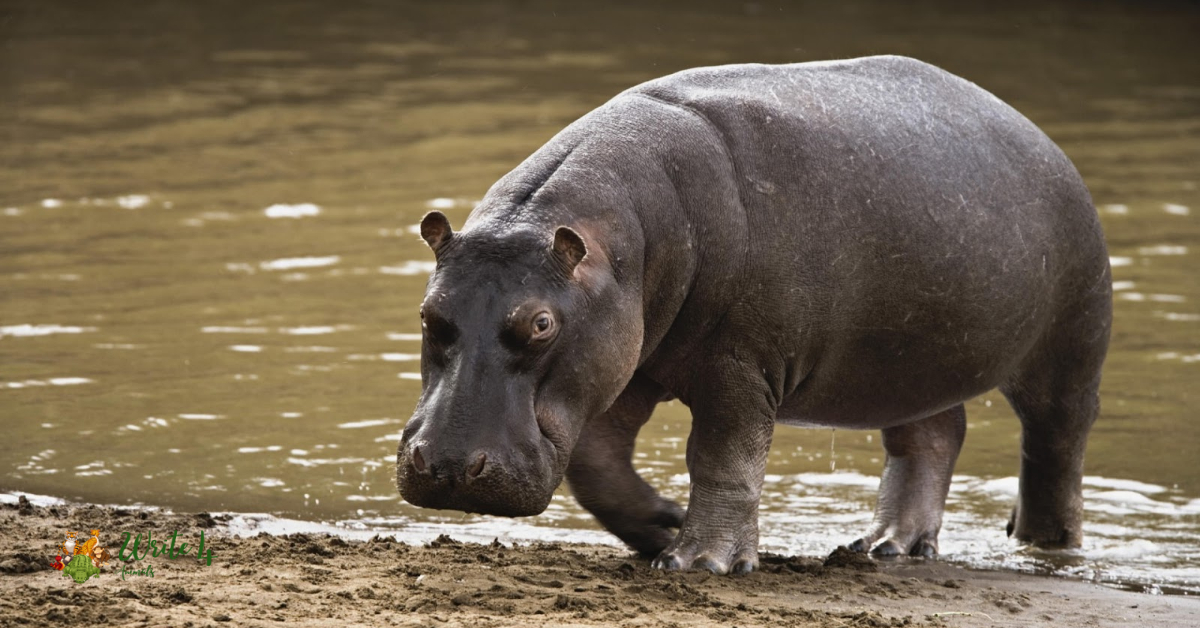
With massive jaws capable of crushing bones and teeth that can grow up to 51 centimeters (20 inches) long, hippos are responsible for more human deaths in Africa than many other large animals. Their short temper and unpredictable nature contribute to their status as one of the animal kingdom’s most formidable and rude inhabitants.
4. Cassowary
The Cassowary (Genus: Casuarius) is a large, flightless bird native to the tropical forests of New Guinea, Northern Australia, and nearby islands. Despite its seemingly graceful appearance, the Cassowary is renowned for its rude and aggressive behavior.
Armed with powerful legs that boast a dagger-like claw on each foot, the Cassowary is not to be underestimated.
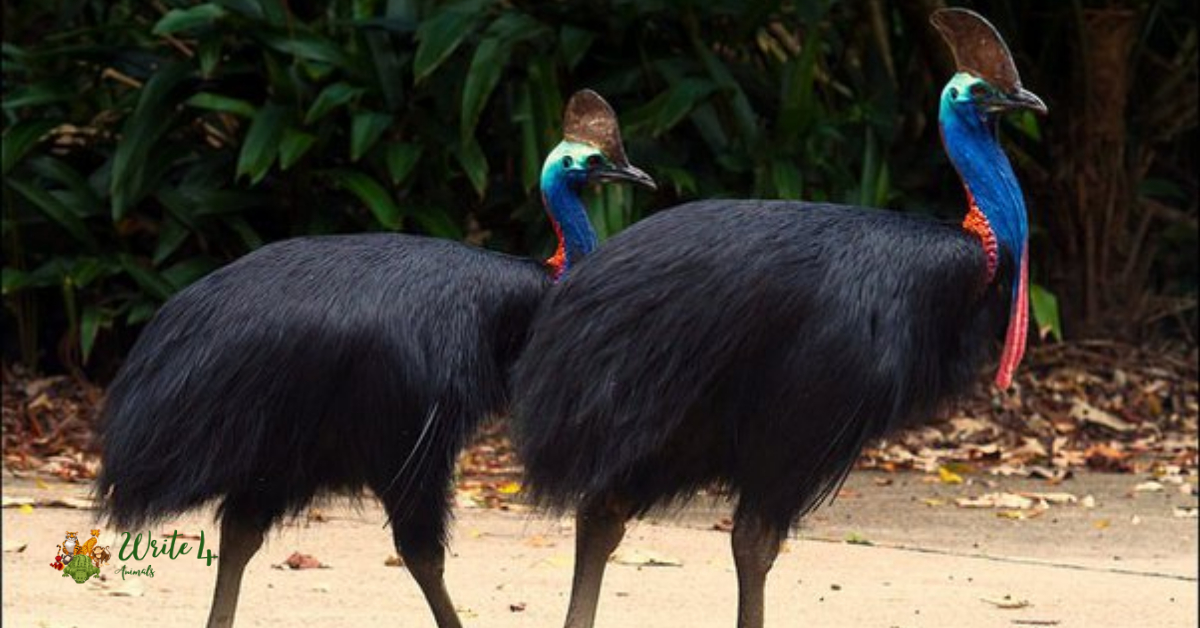
Known to be territorial and fiercely protective, encounters with humans can turn volatile. Cassowaries have been known to charge at perceived threats with surprising speed and force, making them one of the few birds in the world that pose a genuine danger to humans. This combination of size, strength, and an assertive disposition cements the Cassowary’s position as one of the world’s most rude animals.
5. Wolverine
The Wolverine (Gulo gulo), also known as the “skunk bear,” is a tenacious and solitary predator inhabiting the remote northern regions of North America, Europe, and Asia. Despite its relatively small size, the wolverine is infamous for its rude and fearless nature.
With a voracious appetite and a reputation for scavenging, wolverines are not shy about confronting larger predators to assert their dominance.
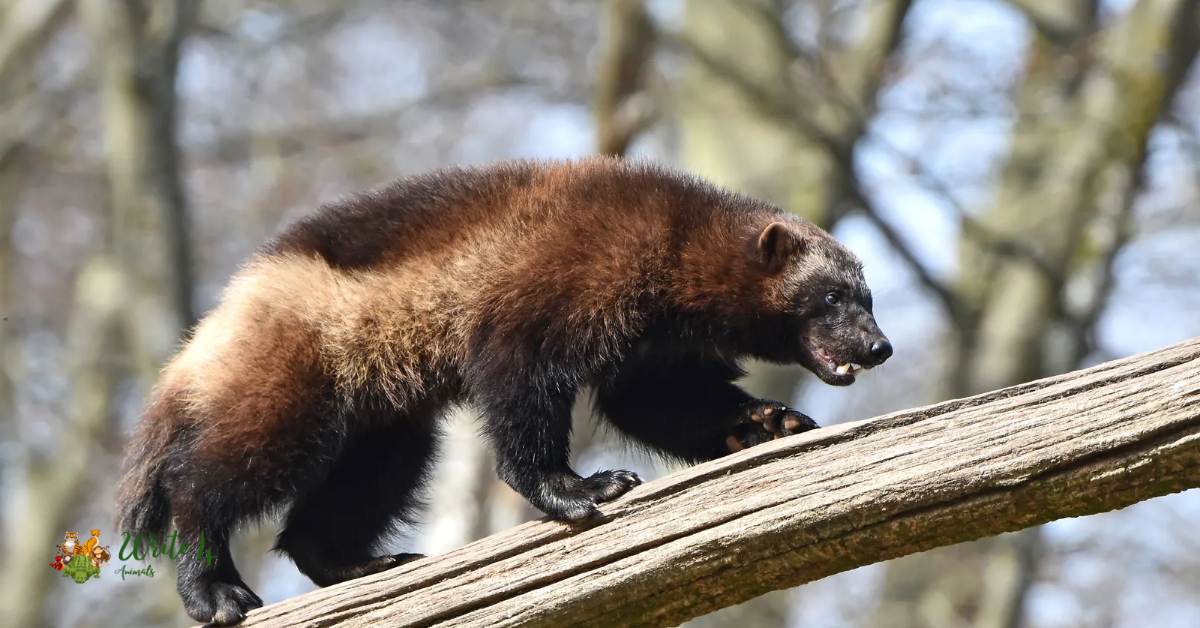
Known for their strength, agility, and sharp claws, wolverines are capable of taking on prey much larger than themselves. Their territorial behavior and a propensity for stealing kills from other predators make them one of the animal kingdom’s more impolite inhabitants, living up to their ferocious reputation.
6. Hyena
Hyenas, particularly the spotted hyena (Crocuta crocuta), have earned a reputation as ruthless scavengers with an unmistakable “laugh.” While their vocalizations may sound amusing, hyenas are far from jovial when it comes to their behavior. These social predators are known for their opportunistic feeding habits and are not above stealing kills from other predators.
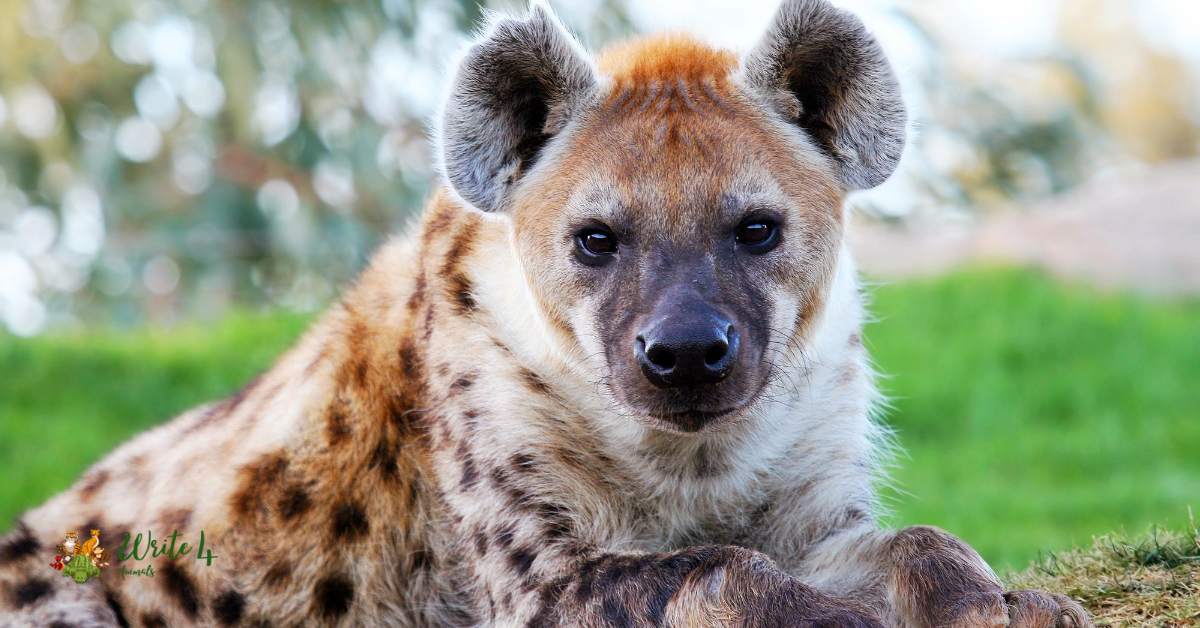
With powerful jaws and a strong bite, hyenas can crack bones and consume almost the entire carcass, leaving little for other scavengers.
Their cunning and boldness in both hunting and scavenging activities mark them as some of the more rude and formidable creatures in the animal kingdom, challenging the misconceptions surrounding their often misunderstood laughter.
7. Blue-Footed Booby
The Blue-Footed Booby (Sula nebouxii) is a seabird native to the Galápagos Islands and coastal regions of Central and South America. While its name might suggest a certain elegance, the Blue-Footed Booby’s distinctive blue feet are more than just a charming feature – they play a role in its rather peculiar and rude courtship rituals.
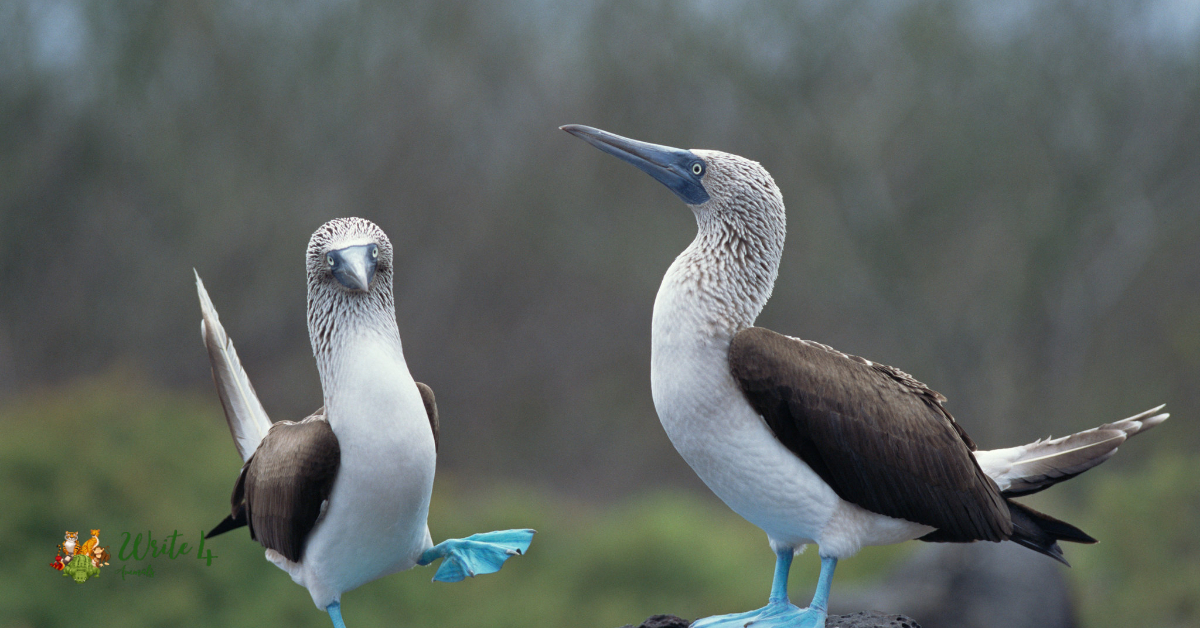
During mating displays, male Blue-Footed Boobies lift and spread their bright blue feet to attract females. The more vibrant the feet, the more attractive the booby. However, their attempts at wooing can sometimes come off as comically clumsy, making them stand out as one of the more amusingly rudest animals in the avian world.
8. Bighorn Sheep
Bighorn Sheep (Ovis canadensis) are iconic residents of North America’s mountainous regions, known for their impressive curved horns and headstrong behavior. These social ungulates engage in rutting competitions during the mating season, where males clash their massive horns to establish dominance and win the attention of females.
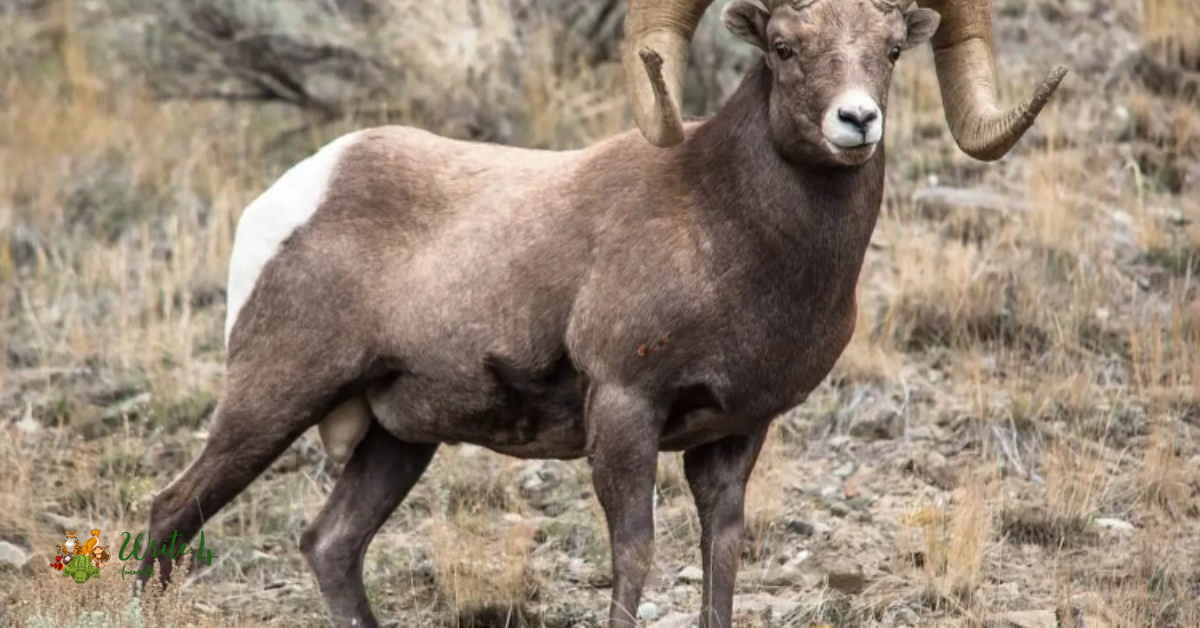
The clashes, accompanied by loud cracking sounds, can be seen as a symbol of the Bighorn Sheep’s rude and competitive nature. The strong emphasis on hierarchy and the willingness to engage in head-on collisions for mating rights make Bighorn Sheep one of the more assertive and imposing creatures in the wild.
9. Capuchin Monkey
Capuchin monkeys, belonging to the Cebidae family, are renowned for their intelligence and dexterity. Found in Central and South America, these mischievous primates have a reputation for their clever and sometimes rude behavior.
Capuchins are known to use tools, such as sticks and stones, to crack open nuts or extract insects from tree bark.
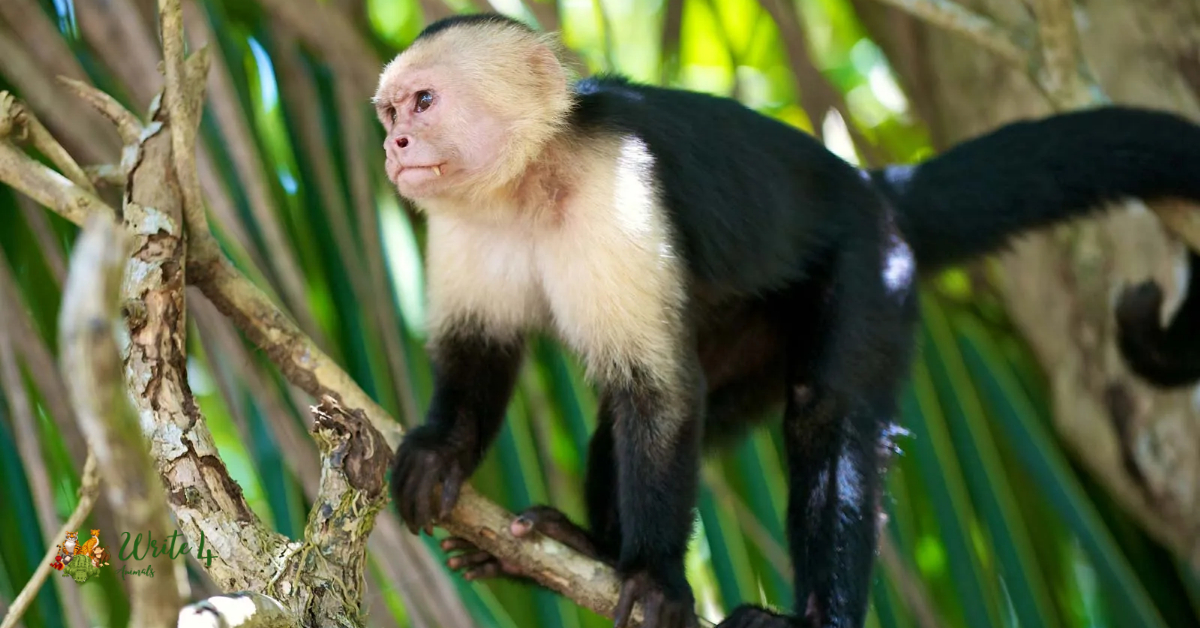
Their social structure involves intricate hierarchies, and dominant individuals often display assertiveness by stealing food or even pulling pranks on their troop members.
Capuchin monkeys’ ability to adapt and their knack for getting what they want, even at the expense of their peers, showcases their cheeky and occasionally rude approach to survival in the wild.
10. Black Swan
The Black Swan (Cygnus atratus) is a stunning waterfowl native to Australia. While their elegant appearance may suggest a calm demeanor, these birds are not to be underestimated in the realm of rude animal behavior. Black Swans are known for their territorial aggression, particularly during breeding season.
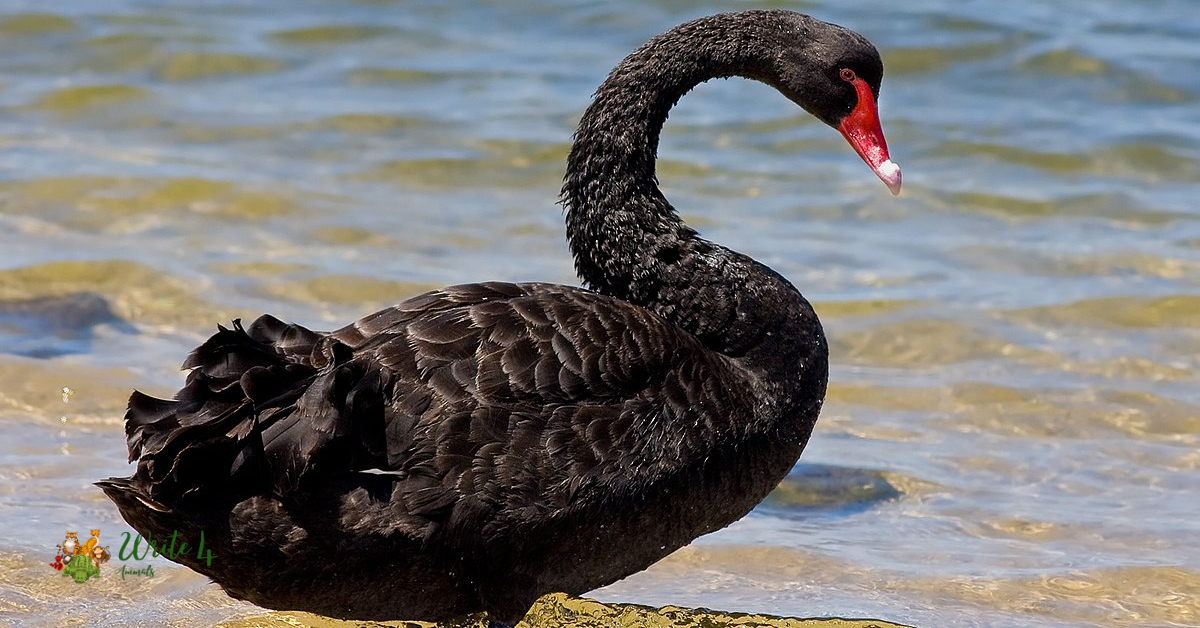
When it comes to defending their nesting sites or asserting dominance, Black Swans can display confrontational behavior, engaging in loud hissing, wing flapping, and even aggressive charging.
The stark contrast between their graceful, black plumage and their fiery temper makes the Black Swan a captivating yet somewhat rude inhabitant of lakes and waterways.
11. Kangaroo
The Kangaroo, a symbol of Australia’s unique wildlife, is recognized for its distinctive hopping locomotion and powerful hind legs. While they may seem docile when grazing on vegetation, male kangaroos, or boomers, can exhibit rude and aggressive behavior, especially during mating season.
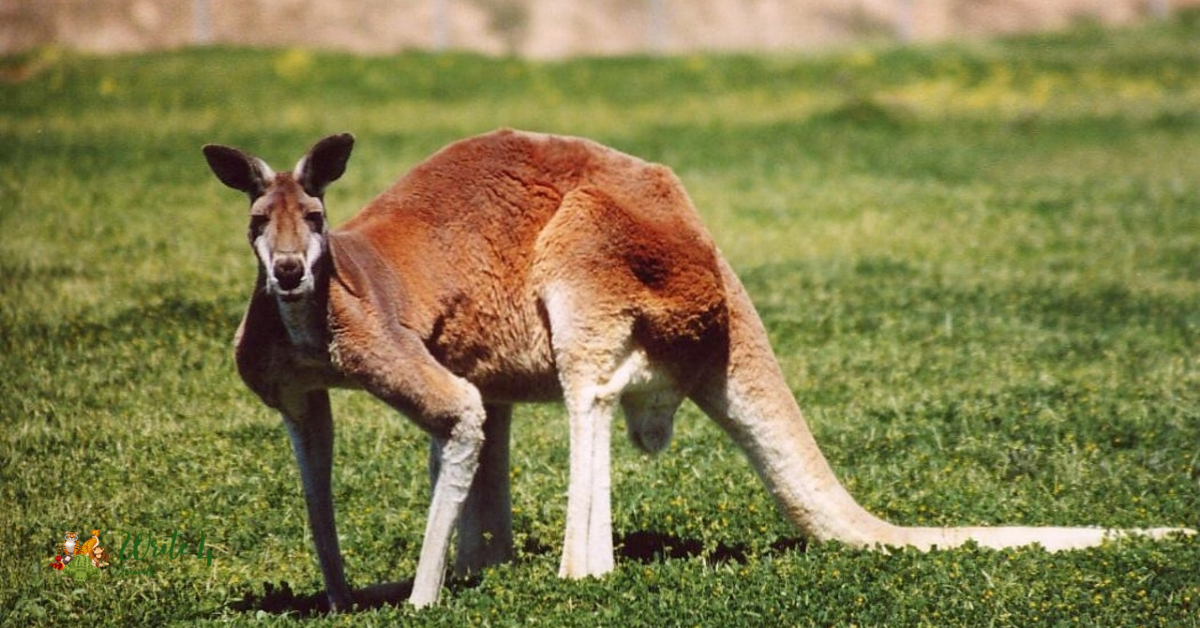
Kangaroos are known for “boxing” matches where they use their strong hind legs to kick and grapple with each other. These confrontations are not just for show; they are intense battles to establish dominance and mating rights.
The combination of agility, strength, and their characteristic boxing maneuvers makes the Kangaroo a formidable and occasionally rude presence in the Australian Outback.
12. Naked Mole Rat
The Naked Mole Rat (Heterocephalus glaber) may not win any beauty contests, but it stands out as one of the most unique and, at times, rudely pragmatic animals. Found in East Africa, these subterranean rodents live in highly organized colonies with a single breeding queen.
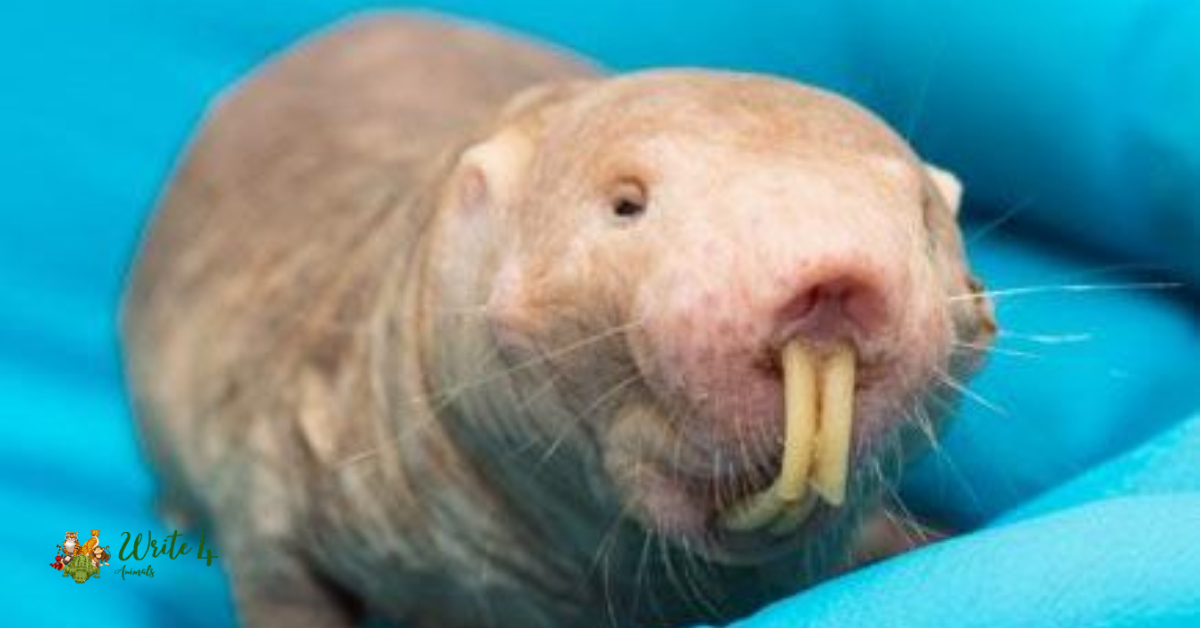
The rudeness of Naked Mole Rats lies in their social structure. Workers in the colony are often subject to the queen’s dominance, and when resources are scarce, the queen may resort to aggressive behaviors to maintain control. Their unconventional social dynamics and the queen’s assertiveness in maintaining order showcase the Naked Mole Rat as a fascinating, albeit occasionally rude, species in the animal kingdom.
Frequently Asked Questions
[sc_fs_multi_faq headline-0=”h4″ question-0=”What is the meaning of ‘rude animals’?” answer-0=”‘Rude animals’ refers to species in the animal kingdom that exhibit behavior that is often aggressive, confrontational, or socially assertive. These animals may display actions that are considered impolite or unconventional in the context of their interactions with other members of their species or with their environment.” image-0=”” headline-1=”h4″ question-1=”Are these behaviors common across all individuals of a species?” answer-1=”No, these behaviors are not universal among all individuals of a species. Animal behavior can vary widely, and not all members of a species exhibit the same level of aggression or assertiveness. Behavioral traits are influenced by factors such as age, gender, social structure, and environmental conditions.” image-1=”” headline-2=”h4″ question-2=”Why do animals exhibit rude behavior?” answer-2=”Animals may exhibit rude behavior for various reasons, including competition for resources such as food, territory, or mates. In some cases, assertive behavior is part of their natural instincts for survival and reproduction. Social structures within a species can also contribute to the development of rude behaviors, particularly in hierarchical systems.” image-2=”” headline-3=”h4″ question-3=”Are there benefits to rude behavior in the animal kingdom?” answer-3=”Yes, in certain contexts, rude behavior can confer advantages to individuals or groups of animals. For example, being assertive in securing territory or mates can enhance an individual’s chances of reproductive success. Rude behavior may also be an adaptive response to challenges in the environment, helping animals navigate complex social dynamics or competition for resources.” image-3=”” headline-4=”h4″ question-4=”Do animals always display rude behavior, or is it situational?” answer-4=”Rude behavior in animals is often situational and context-dependent. While some species may exhibit assertiveness during specific circumstances, they may display more cooperative or passive behaviors in other situations. Environmental factors, social dynamics, and the availability of resources can all influence the manifestation of rude behaviors in the animal kingdom.” image-4=”” headline-5=”h4″ question-5=”Can animals change their behavior over time?” answer-5=”Yes, animal behavior can be influenced by various factors, including environmental changes, social interactions, and individual experiences. While certain behaviors may be innate, animals can adapt and modify their behavior based on the dynamic nature of their surroundings. This adaptability is crucial for their survival and successful interaction with their ecosystems.” image-5=”” count=”6″ html=”true” css_class=””]
Also Read
1. Top 12 white birds with long beaks
2. Top 15 Animals that live in a lakes
